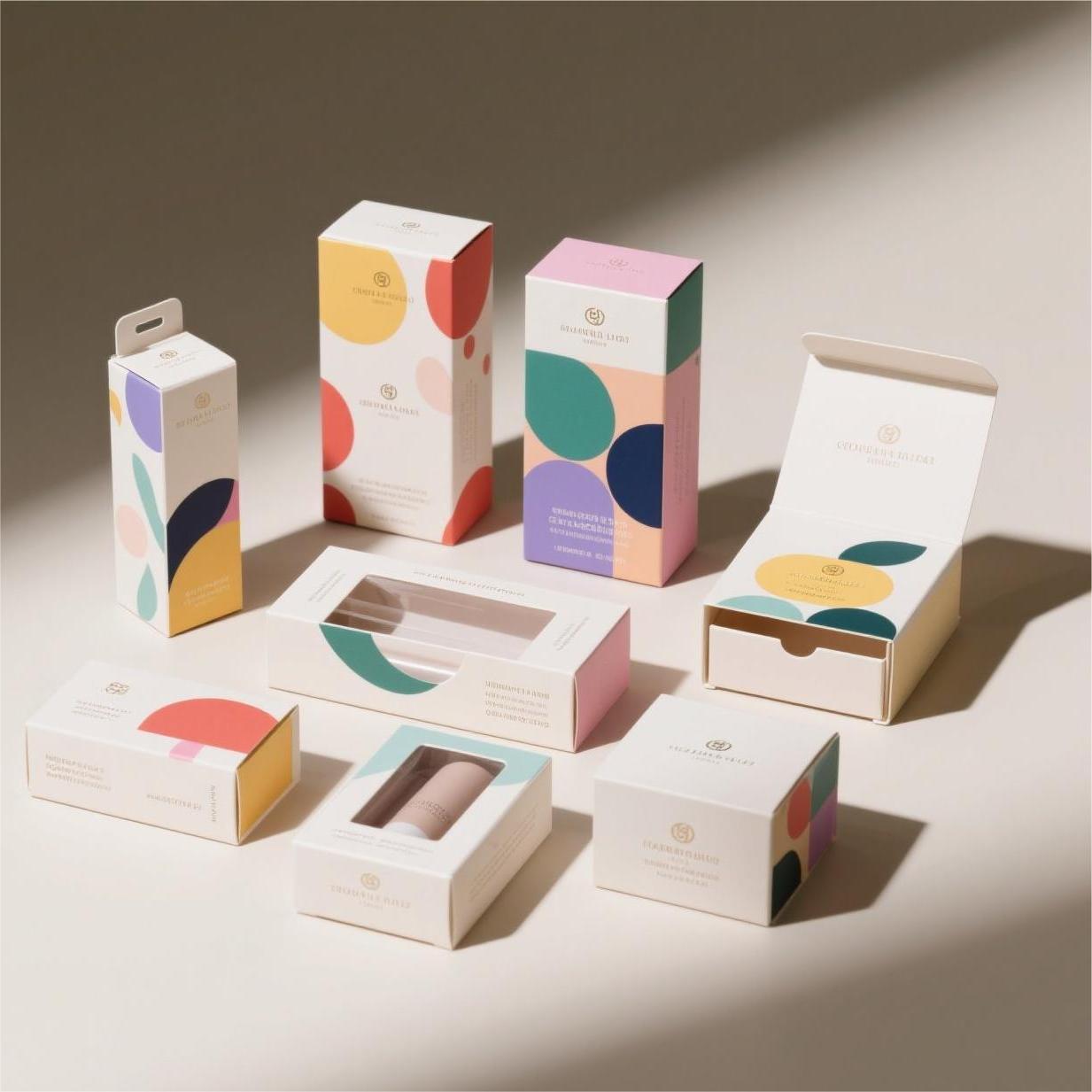Optimizing the Opening and Closing Mechanisms of Custom Paper Packaging Boxes
Learn how to optimize the opening and closing mechanisms of custom paper packaging boxes, enhancing usability and elevating your packaging solutions.
Contact Us now
Table of content

Ready to Elevate Your Brand with 100% Custom Box & Bag Solutions?
Get a Free QuoteIn today’s competitive market, “packaging design” is no longer just about product protection; it’s the first point of interaction between a brand and its customers. Particularly with “custom paper packaging boxes”, the functionality and uniqueness of the opening and closing mechanisms directly impact the user experience. A thoughtfully designed package not only enhances consumer enjoyment but also conveys brand value and establishes an emotional connection. This article explores how to optimize the opening and closing mechanisms of custom paper packaging boxes from a user-experience perspective to elevate brand image and customer satisfaction.
Simplify the Packaging Structure
The first principle in optimizing custom paper packaging boxes is to “simplify the opening and closing structure”. Overly complex designs can confuse users and detract from the experience. Designers should aim for an opening mechanism that is intuitive and straightforward. By reducing complexity, users can enjoy the convenience and ease of quickly opening or closing the packaging with minimal effort.
To further enhance the user experience, consider adding “clear indicators” at the opening points, such as visual cues, text, or color guides, to help users intuitively understand how to open the box. This approach reduces any potential frustration while showcasing the brand’s attention to detail and customer care.

Emphasize Safety and Durability
In addition to ease of use, the “safety” of the packaging’s opening and closing mechanism is crucial. To prevent users from getting injured during the opening process, avoid designs with sharp edges or corners. A “smooth and rounded-edge designed box” can reduce any potential risks, making the packaging safer to handle and enhancing the overall experience.
Additionally, packaging durability is essential. During transport, a box that opens accidentally can damage the product inside. Using “high-quality materials” and a “secure closure mechanism” ensures that the box stays closed throughout the logistics process, protecting the product and providing customers with an intact item upon delivery.

Appropriate Size and Comfortable Feel
The opening and closing experience is closely related to the box’s size and feel. Designing the packaging size and opening force to match the “target users’ hand size and strength” enhances the ease and comfort of operation, preventing excessive effort or intricate steps. With an ergonomic design, users can naturally and effortlessly complete the opening process.
Apart from size, the “tactile feel” of the material is also vital for optimizing the user experience. The choice of paper material should emphasize texture, ensuring that the user enjoys a comfortable and pleasant sensation when handling the package. For instance, selecting soft, refined paper materials can provide a premium tactile experience, adding to the product’s perceived value and comfort.

Unique Opening Mechanisms
In optimizing custom paper packaging boxes, a “unique opening mechanism” can add a sense of fun and interactivity. These innovative approaches can create memorable experiences that set the product apart. For example:
Sliding Mechanism Box: A smooth sliding experience adds enjoyment to the unboxing process.
Rotating Mechanism Box: Opening the package by rotation adds an interactive element.
Press Mechanism Box: A press-to-open design offers both tactile satisfaction and a novel user experience.
Such distinctive design packaging can spark curiosity and provide a pleasurable experience during unboxing. Not only does this enhance product interactivity, but it also strengthens the brand’s memorability and market competitiveness.

Emotional Design and Brand Storytelling
Emotional design goes beyond functionality to convey brand culture and story, establishing a deeper bond with users. Brands can use various emotional design elements to enhance the experience, including:
Magnetic Closures: Embedded magnets create a premium feel and provide a smooth opening experience, highlighting the product’s refinement.
Die-Cut Handles: Strategically placed handles on the lid or sides of the box make opening easier, adding a sense of enjoyment.
Resealable Closure: For products that aren’t used up in one go, a resealable design keeps the box neat and intact, adding convenience.
These emotional design elements not only provide a more thoughtful user experience but also strengthen the brand’s emotional connection with consumers.

Feedback and Ritual in the Opening Experience
An often-overlooked detail in packaging design is sound feedback. A subtle “click” sound, for instance, can offer a satisfying auditory cue, creating a delightful sense of ritual. This design detail enhances the unboxing experience, boosting the user’s positive impression of the product.
Additionally, consider incorporating a buffering structure between the lid and the box, such as soft foam or cardboard, to prevent accidental damage due to excessive force. These small yet impactful design touches not only protect the contents but also emphasize the brand’s attention to detail.

Use of Eco-Friendly Materials and User Testing
Today’s consumers are increasingly aware of brands’ social responsibility, so incorporating eco-friendly materials into custom paper packaging design appeals to environmentally conscious customers. Using recyclable and biodegradable materials enables brands to convey a message of social responsibility, enhancing brand image.
Additionally, conducting user experience testing during the design process and gathering feedback from various user groups can help designers refine the opening and closing mechanisms to better meet user needs. This user-centered approach improves customer satisfaction and strengthens brand loyalty.

Conclusion
The “opening and closing design” of custom paper packaging boxes is more than a functional feature; it’s an important bridge for emotional connection between a brand and its users. By simplifying structure, enhancing safety, focusing on tactile feel, incorporating unique opening mechanisms, and using eco-friendly materials, companies can create a more convenient, comfortable, and enjoyable experience for users.
Ultimately, this user-centric approach to design can improve customer satisfaction and enhance brand image, helping businesses stand out in a competitive market.
Recommended for you









